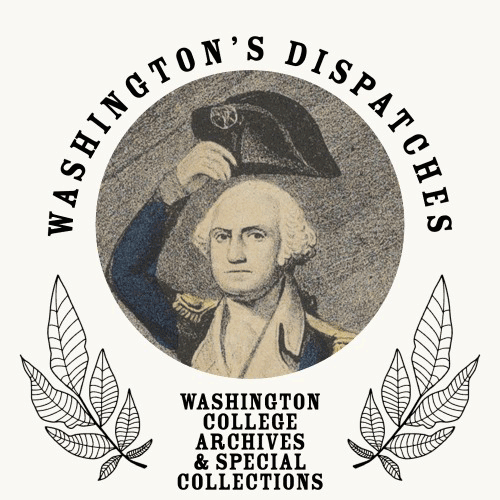Characteristics of Women, Moral, Poetical, and Historical by Mrs. Jameson
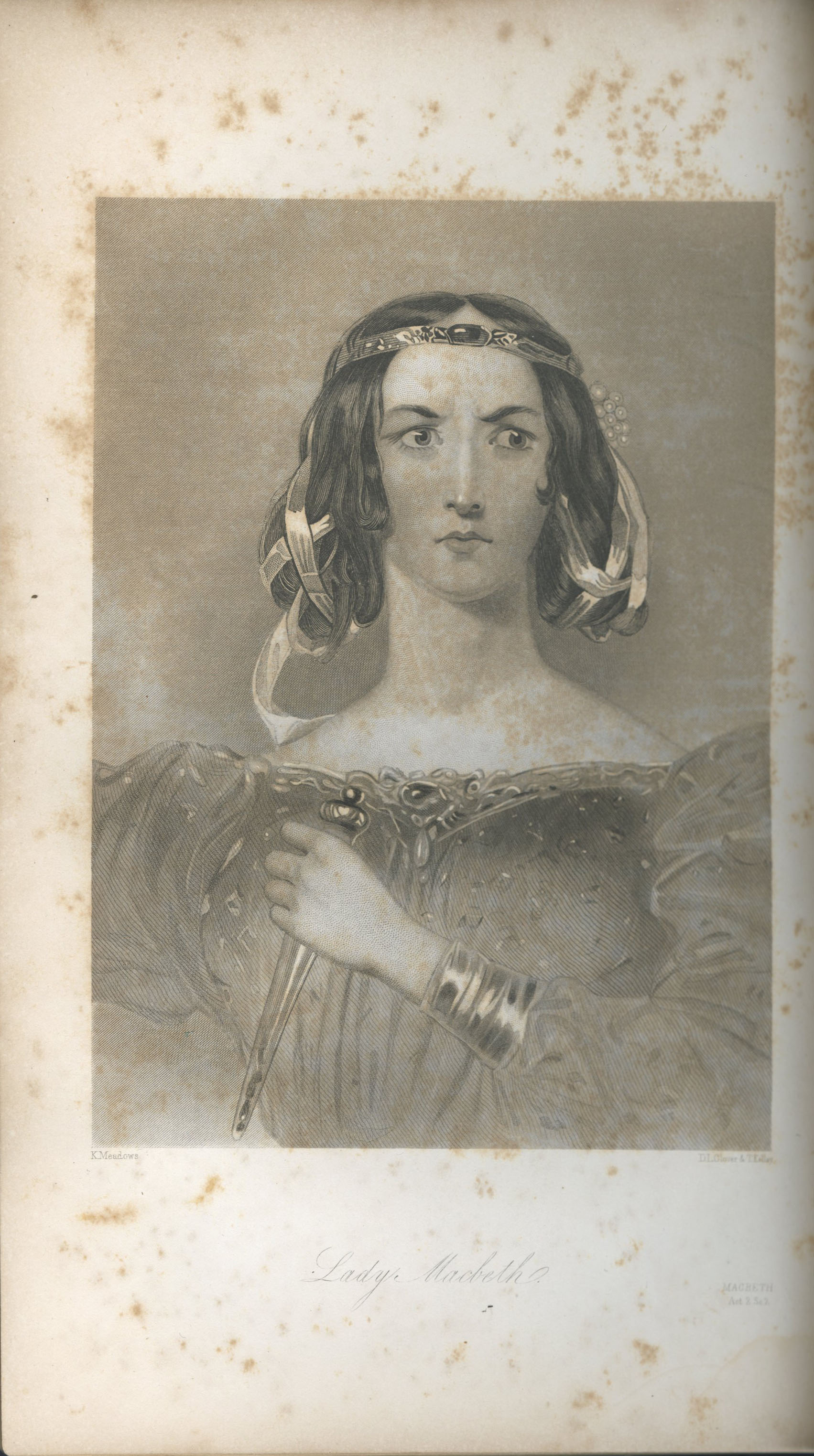
When asked to blog on Women’s History Month, my sights turned to the Rare Book Room in Miller Library full of historical narratives of famous women. A quick title search found the book Characteristics of Women, Moral, Poetical, and Historical by Mrs. Jameson from 1854. Perfect, I thought.
When asked to blog on Women's History Month, my sights turned to the Rare Book Room in Miller Library full of historical narratives of famous women. A quick title search found the book Characteristics of Women, Moral, Poetical, and Historical by Mrs. Jameson from 1854. Perfect, I thought. Only the title was missing vital information such as “of Shakespeare.” The 19th century wasn't known as a time for pithy titles. This is an age for titles spanning paragraphs. Titles from the 19th century make run-on sentences from elementary school students look like stubby pencils.
So, I was surprised when this portly book (described as “this little work” in the author's preface) was an analysis of the women inhabiting the many worlds of Shakespeare.
In the quirky introduction, Mrs. Anna Brownell Jameson writes a little play set 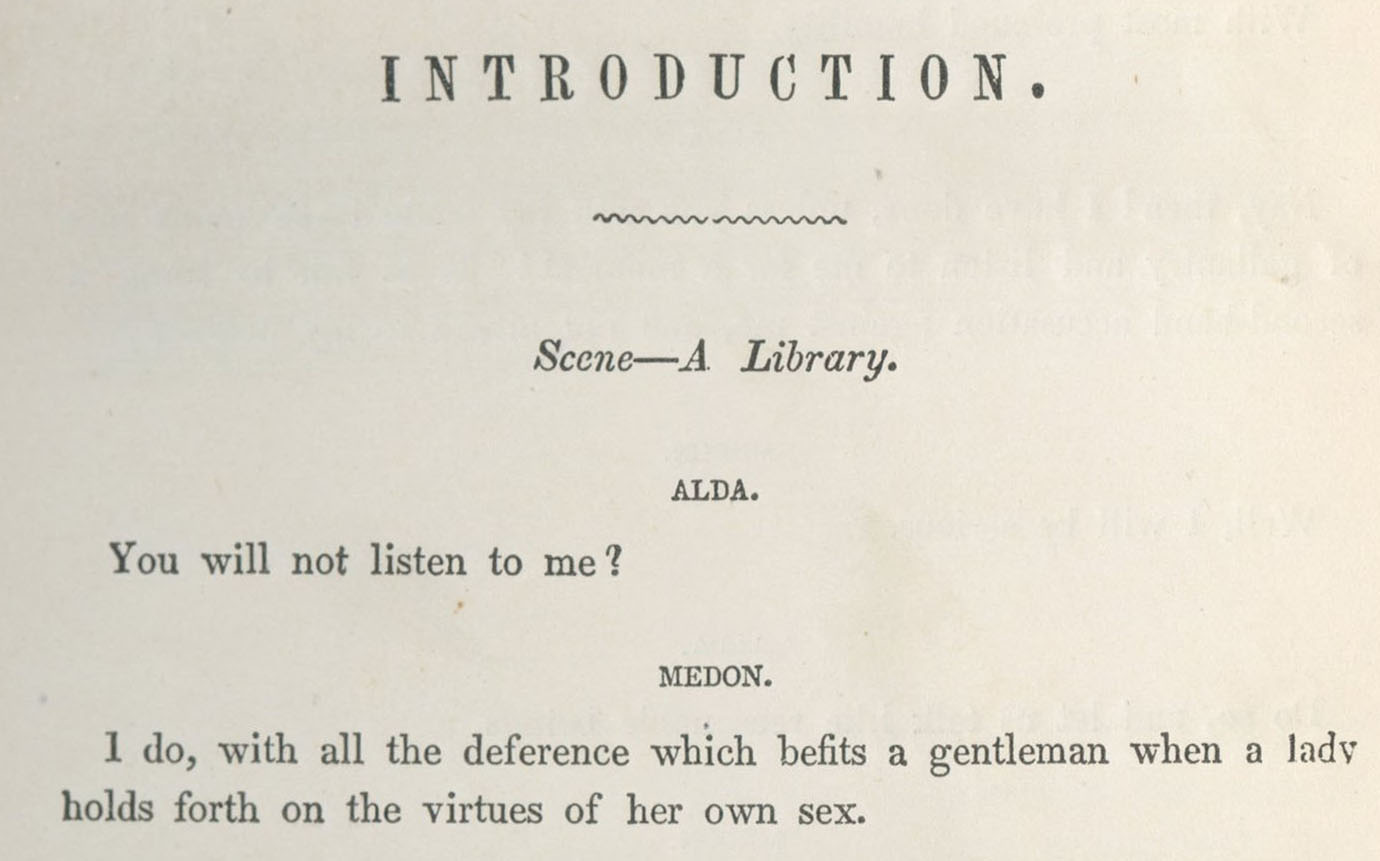 in a library in a discussion between two fictional characters, Alda and Medon. Alda
justifies the importance of women in literature, and Medon does a fair amount of straw
man arguments. “I presume you have written a book to maintain the superiority of your
sex over ours,” he says on the third page of a dozen in the play within the introduction,
but Alda replies to this “nonsense” as the thought is “quite out of date.”
in a library in a discussion between two fictional characters, Alda and Medon. Alda
justifies the importance of women in literature, and Medon does a fair amount of straw
man arguments. “I presume you have written a book to maintain the superiority of your
sex over ours,” he says on the third page of a dozen in the play within the introduction,
but Alda replies to this “nonsense” as the thought is “quite out of date.”
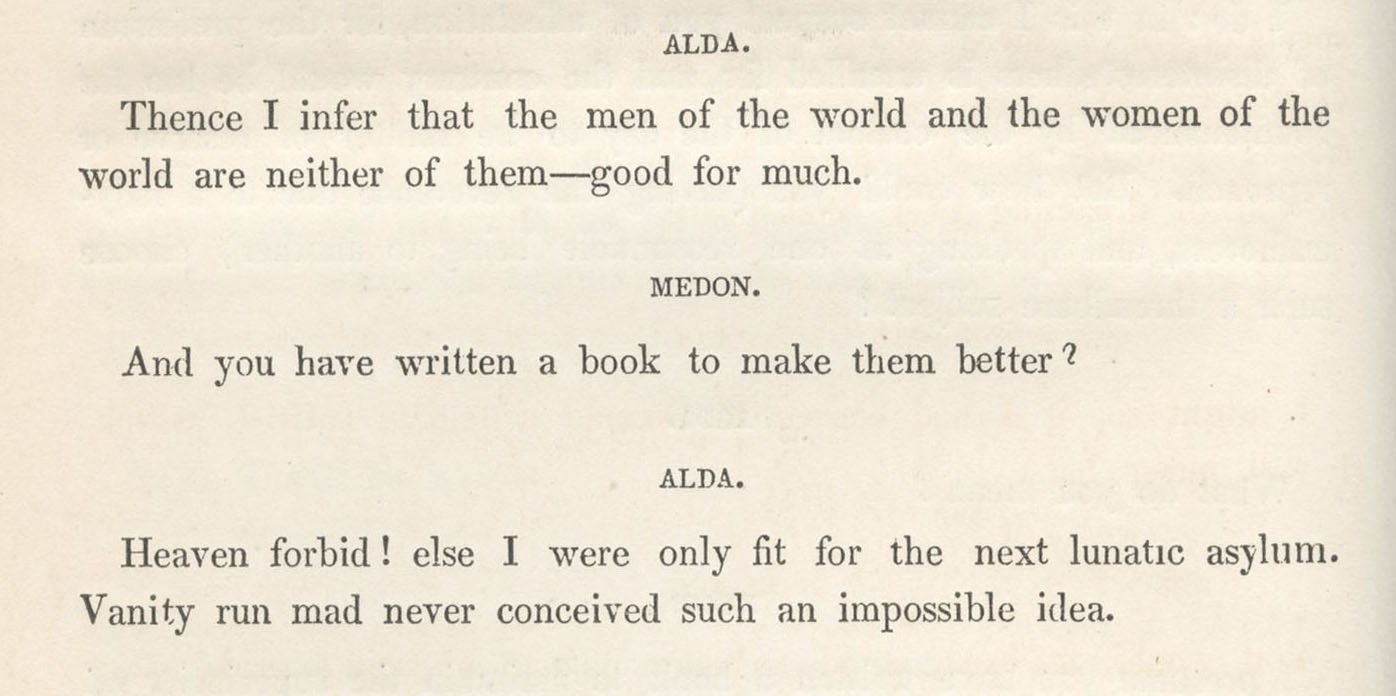
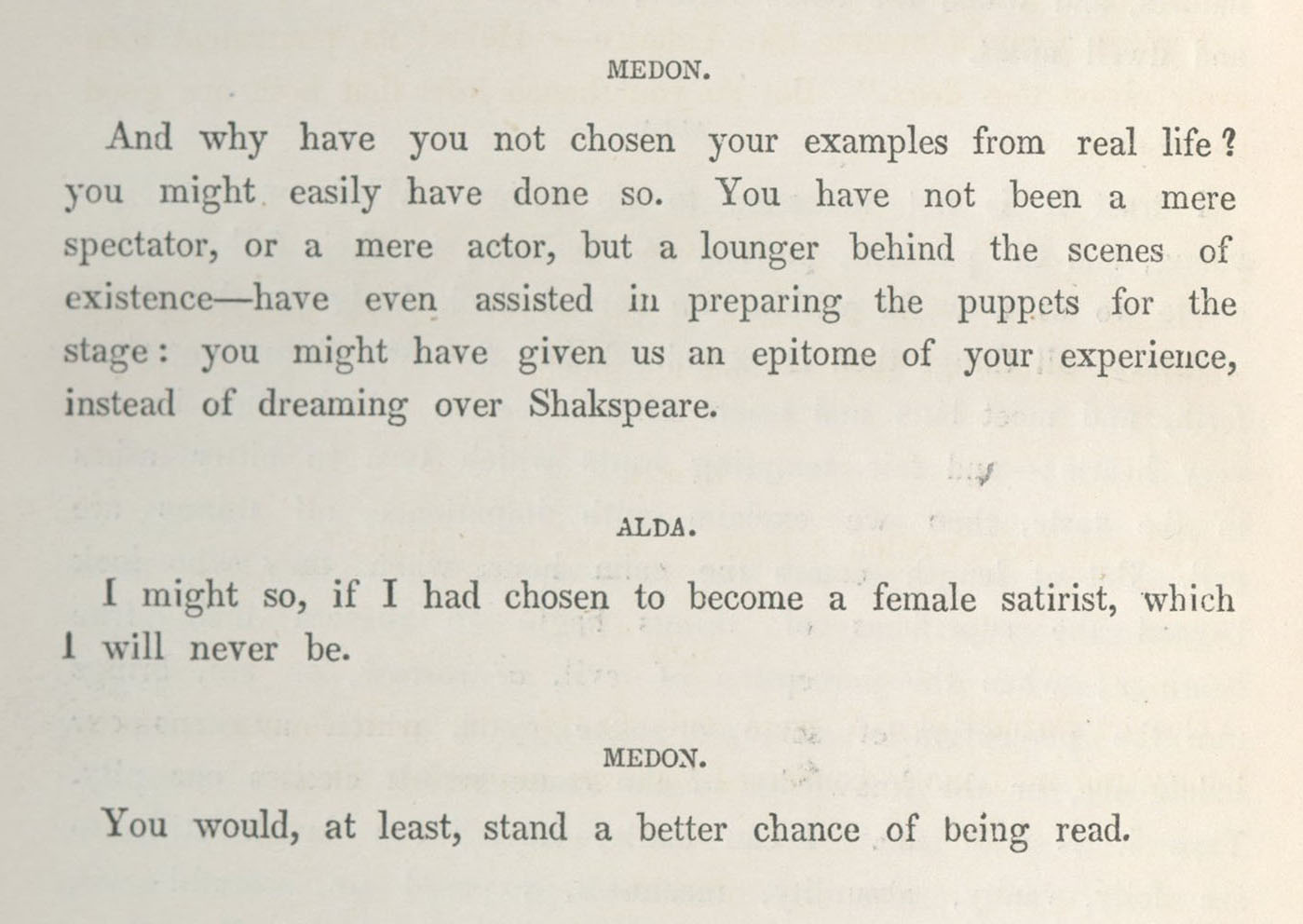 From the fictional fantasy world of Lady Macbeth and Ophelia to the historically based
character of Cleopatra, Mrs. Jameson spares no syllables when discussing any of Shakespeare's
many heroines. She goes to great lengths to discuss Lady Macbeth's role in the parade
of deaths throughout the Scottish play. Further, she describes Lady Macbeth as a “fierce,
cruel woman, brandishing a couple of daggers, and inciting her husband to butcher
a poor old King.” Simultaneously, Mrs. Jameson admires Lady Macbeth for being one
of Shakespeare's most complex written characters, developing throughout the play.
From the fictional fantasy world of Lady Macbeth and Ophelia to the historically based
character of Cleopatra, Mrs. Jameson spares no syllables when discussing any of Shakespeare's
many heroines. She goes to great lengths to discuss Lady Macbeth's role in the parade
of deaths throughout the Scottish play. Further, she describes Lady Macbeth as a “fierce,
cruel woman, brandishing a couple of daggers, and inciting her husband to butcher
a poor old King.” Simultaneously, Mrs. Jameson admires Lady Macbeth for being one
of Shakespeare's most complex written characters, developing throughout the play.
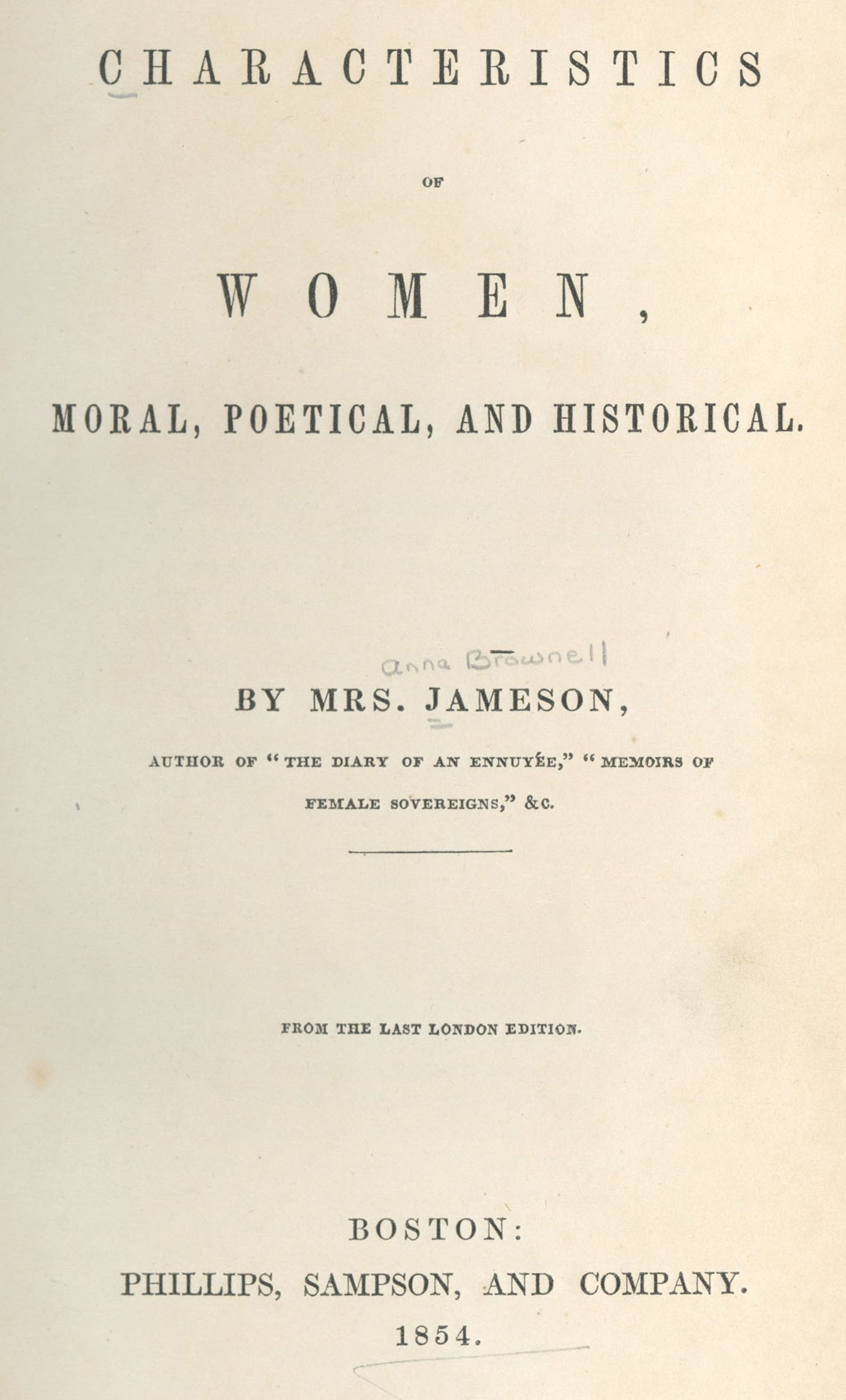 Feel free to read the play within the introduction and all of Mrs. Jameson's analysis
of Shakespearean Women from the eBook copy available through Hathi Trust
Feel free to read the play within the introduction and all of Mrs. Jameson's analysis
of Shakespearean Women from the eBook copy available through Hathi Trust
